Numbers
It has been a good spring for ringing so far, with a total of 1149 birds ringed since Mid-March. This a little higher than the number ringed in the same period last year. The calm weather throughout much of April (and late March) has allowed the mist nets to be open almost every day, which is something of a novelty here. This factor has meant that a small number of birds ringed every day has gradually stacked up to reach this respectable total. In contrast, the 1000 or so birds ringed in April 2013 was reached through a small number of ‘big bird’ days, where over 100 or 200 birds were ringed in a single day. This year, the 100 mark has been breached just once or twice on any one day.
The mist nets were set up around the island in mid-March
One of the busier ringing days, where about 100 birds were processed during the day.
Species
Onto the species…Willow Warblers were typically the most
abundant species ringed, with a total of 371 accounting for 32% of the ringing total during this period. Chiffchaffs were not far behind in terms of
abundance, with a total of 230 ringed during this period. The rest of the total
was made up mostly by just two other species: namely Blackcaps (15%) and
Goldfinches (9%).
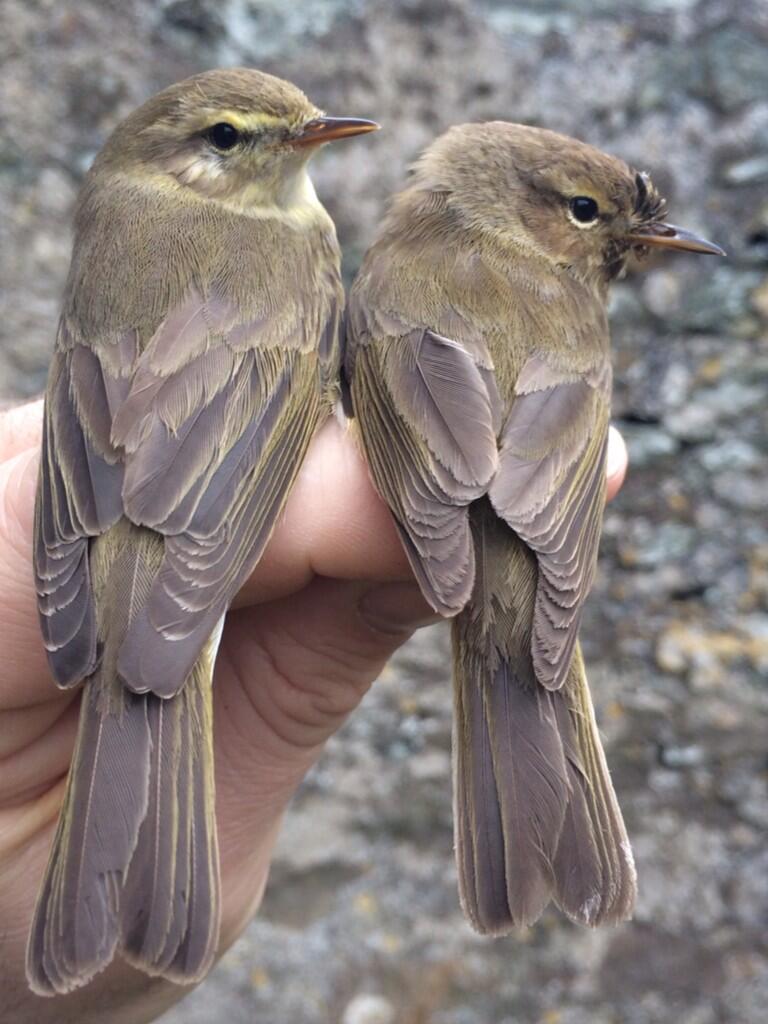
The two most abundant species ringed during March and April: 371 Willow Warblers (left) and 230 Chiffchaffs (right) contributed to over half of the total
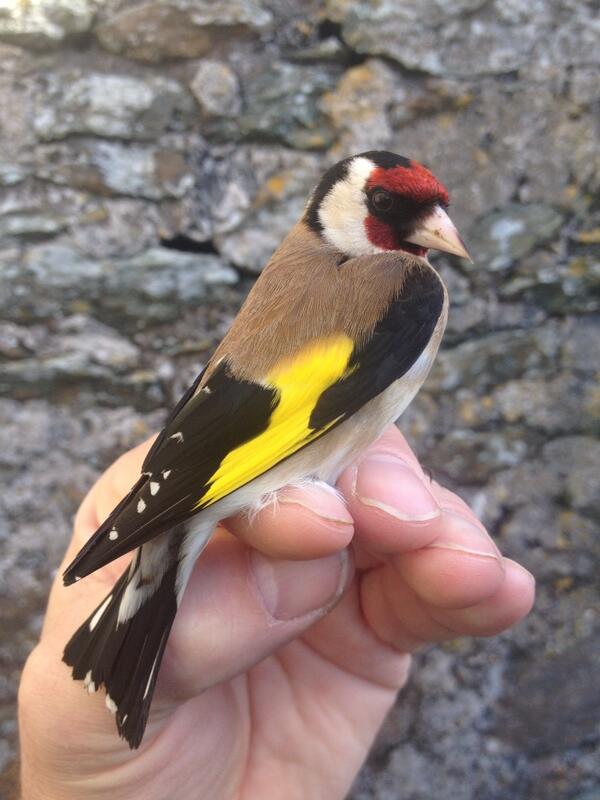
A total of 104 Goldfinches were ringed during March and April- this total is already well above (by about 500%) the average annual ringing total for this species on Bardsey, from 1953 to 2013. Last year's total of 230 was the highest annual total in the history of BBFO, and it looks set to be another record year
Diversity
In terms of the diversity of species, March and April were a
little disappointing, especially considering that we trapped Hawfinch, Corncrake and six Jack Snipes in the same period last year. The only more noteworthy species comprised a
Collared Dove trapped at Cristin (the first trapped since 2012); one Firecrest
(only four were trapped and ringed last year); a good total of five Grasshopper
Warblers, which is already much higher than last year’s total; two Lesser
Whitethroats; four Common Redpolls; and six Wheatears from a lighthouse attraction (only two were
trapped last year).
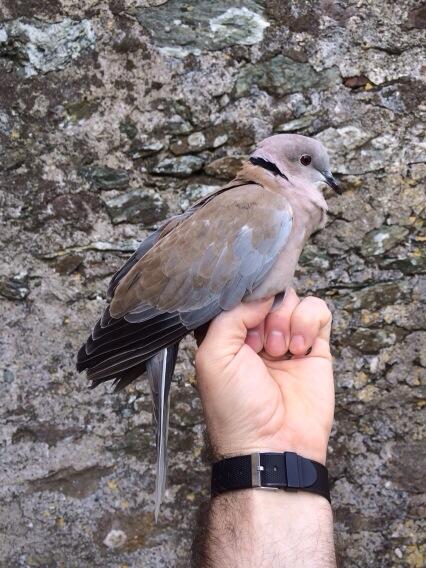
This Collared Dove found its way into the obs Heligoland trap, and is the first to be ringed on Bardsey since 2012. This is the 54th Collared Dove to be ringed on Bardsey
Five Wheatears were trapped at the Lighthouse attraction in early April, and four of them were cracking Greenland-race birds such as this one. Only two Wheatears were ringed in the whole of last year, so to have done six already this year is a good start
Only three or four 'proper'-looking Common Redpolls were trapped during this ringing period. However, there were plenty of very puzzling birds (as per usual), which continue to cause much confusion as to the differentiation between Lesser Redpoll and Common Redpoll
Night-time ringing
Dazzling, or lamping, waders around The Narrowsx during the night yielded with just
two Whimbrels and two Ringed Plovers in March and April. The former of the two were fitted with
colour rings as part of our on-going colour-ringing project on this species. Interestingly, a sighting mid-April proved the value of fitting these Whimbrels with colour-rings...a bird bearing a colour combination was ringed by ourselves on 28th April 2013, and so has returned through the island en route to its breeding grounds.
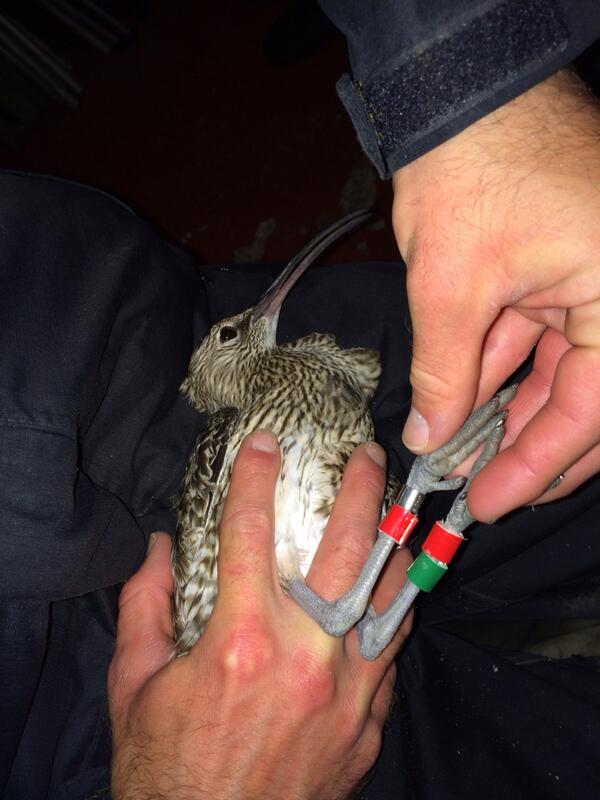
A Whimbrel being fitted with its smart new colour-rings
Retraps and recoveries
So, yes we have ringed plenty of birds, but what are the
benefits of such activities? Well, during March, we received the usual ‘recovery
sheets’ from the BTO for 2013. These sheets outline where birds that we have ringed were
re-trapped elsewhere, and where birds that we controlled were originally ringed (a little difficult to explain...)
Perhaps the most exciting recovery was that of a Jack Snipe,
which we managed to catch in the Ty Pellaf Wetlands on 18 March. As we were
extracting it from the drag net, we were very surprised to find that it already had
a ring on! After processing the bird, we consulted our ringing records from
last year, and found that we had ringed this bird on 12 April 2013! This a
great recovery for a species which has a very low re-trap rate.

The Jack Snipe bearing the ring which we had placed on its leg almost a year before hand
These recovery sheets produced a few surprises: a Great Tit
originally ringed in North Somerset in March 2012 was re-trapped here on
Bardsey 392 days later, having travelled 199km (as the crow flies). This is a surprising journey for a
species which is usually heralded as being sedentary.
A Chiffchaff was trapped and ringed in Wexford on 23 September 2013,
and was re-trapped on the island 4 days later on the 27th. Having
crossed the Irish Sea (about 117 km from the initial trapping site), the bird had remarkably only lost 0.4 grams!
A Manx Shearwater re-trapped during 2013 was found to have
been ringed a grand total of 32 years and 47 days earlier (as an adult). This
could mean that the bird is in fact closer to 40 years old! A very impressive
age! On 20 May 2013, we trapped a Sedge Warbler which had been
ringed in Aberdeen on 2 July 2012.
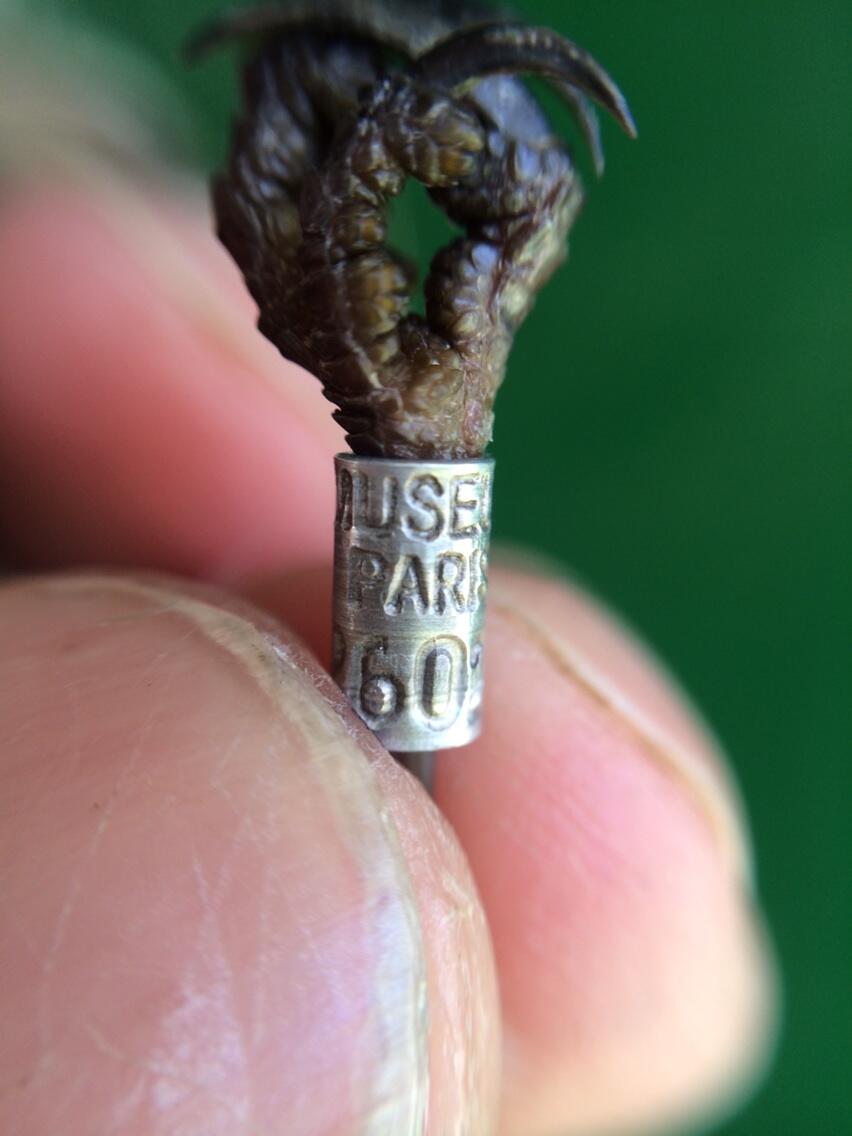
So far this year, we have only trapped two birds with rings on that are not our own, i.e. they have been fitted by another scheme, somewhere else in the country. This Lesser Redpoll was bearing a ring from the French scheme
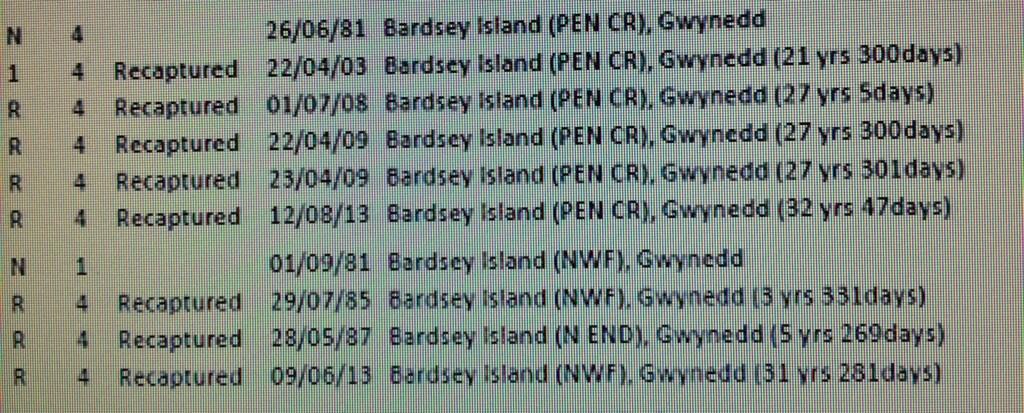
The re-trap sheets for Manx Shearwaters- can you spot the two rather old birds!
Bardsey Lighthouse
Having been running on a rotating glass prism since 1821, the lighthouse's amazing, 2-tonne prisms were turned off this month. In place of the the old set-up, a row of red LEDs will be installed on the top of the lighthouse, and these will be run by a solar array in the compound below.
This will presumably have a large effect on both lighthouse fatalities and 'falls' of migrants. The old rotating beam used to lure in hundreds, and occasionally many thousands, of unwary migrants in drizzly conditions during spring and autumn migration. Unfortunately, many of these birds ended up dying from impacts with the tower, or exhaustion. However, the new led lights will significantly reduce casualties and attractions. The effect of this change of the island's lure of migrants can only be guessed at...will large numbers of migrants continue to make landfall on the island?

The prisms of the Bardsey Lighthouse, weighing a total of two tonnes, but requiring no effort at all to rotate, due to the bed of mercury on which it lies
This (poor) video vaguely outlines the attraction of some 400 birds to Bardsey Lighthouse on the night of the 2nd of April. This could well be the last ever attraction on Bardsey!



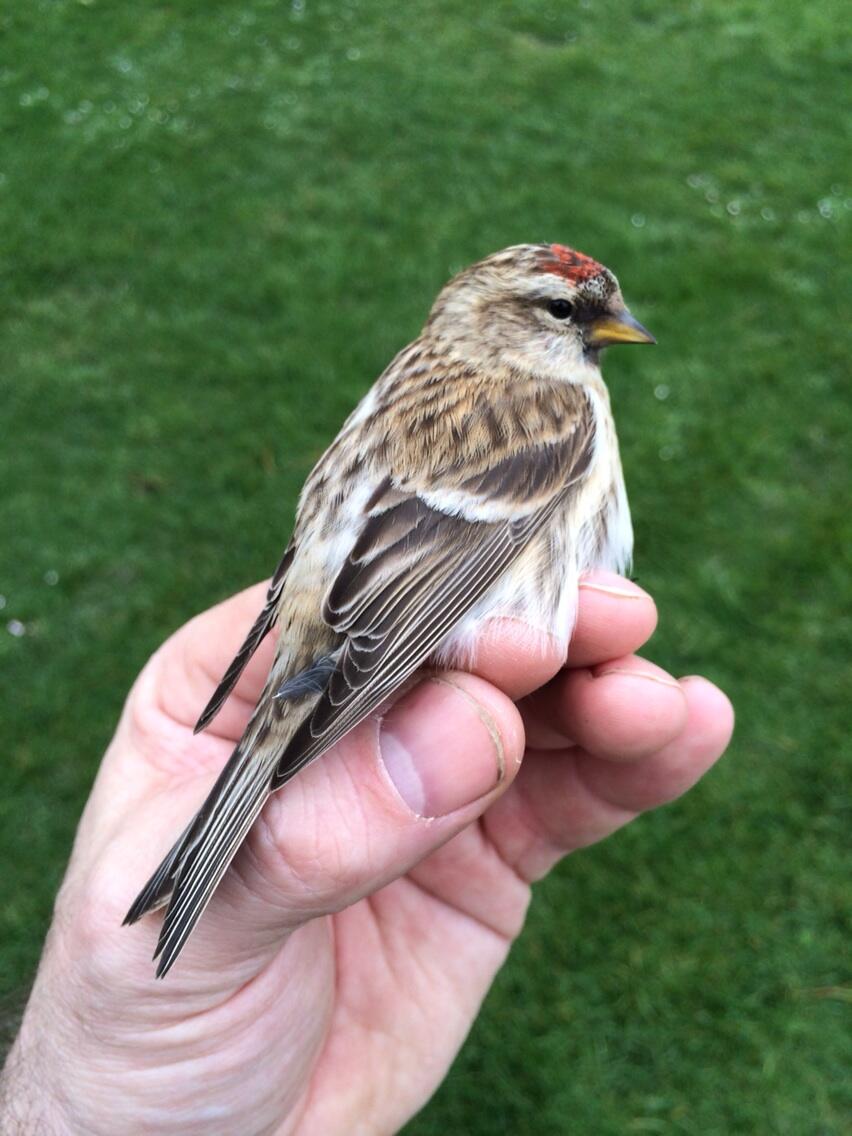
I appreciate your great work. Thanks for sharing. Keep me more update in future.
ReplyDeleteCPA Boynton Beach